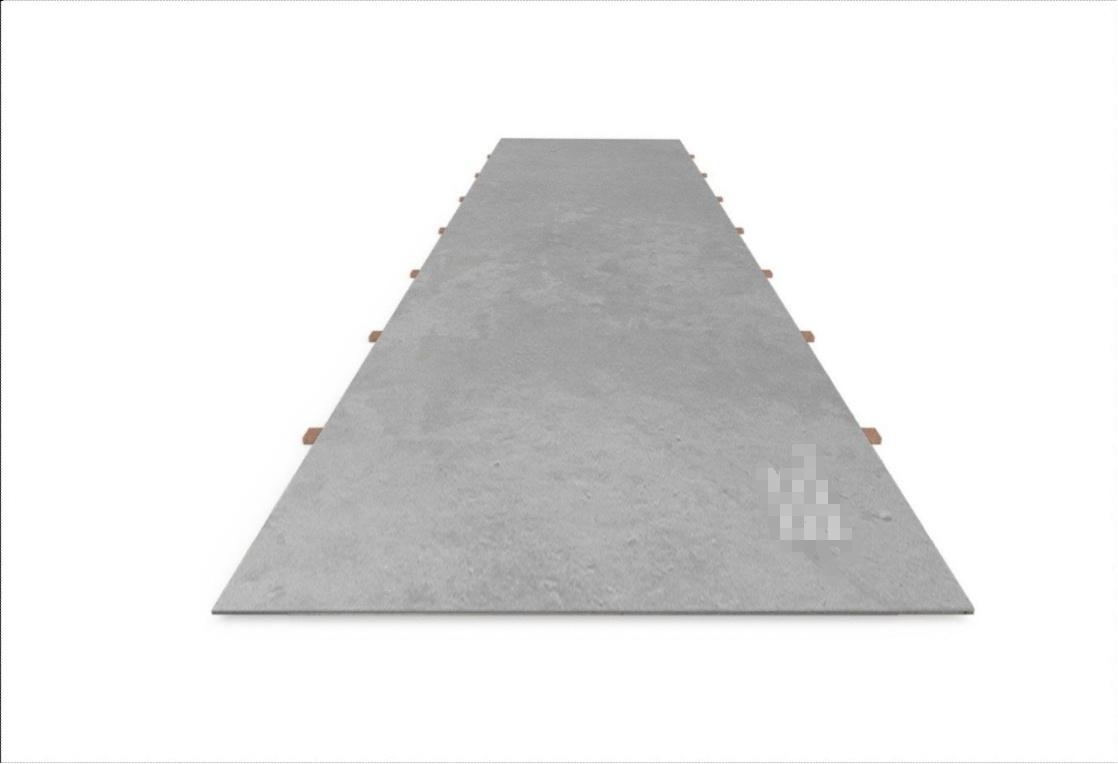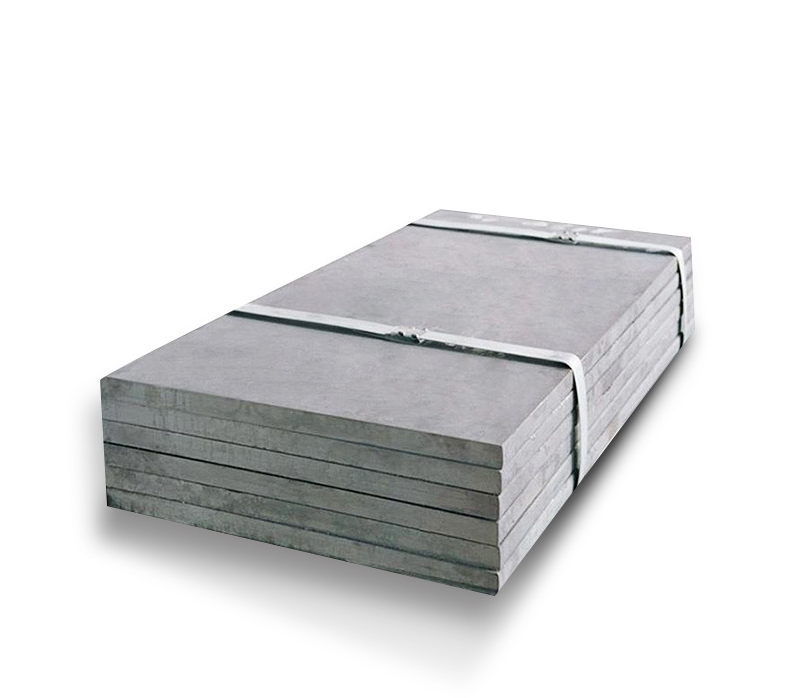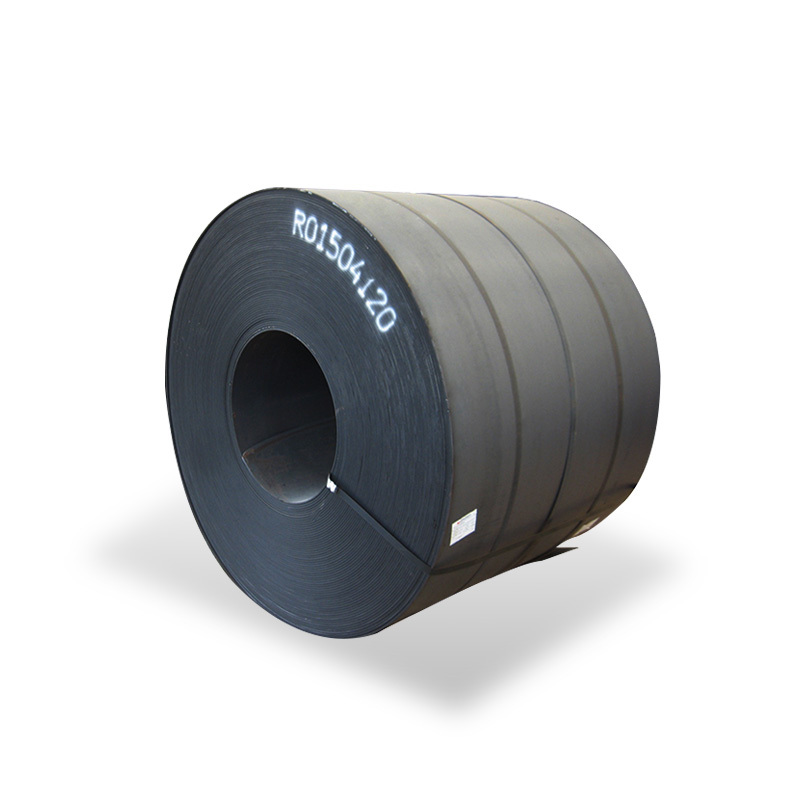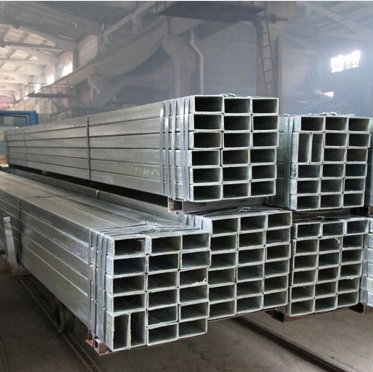AISI 1008 steel is a low-carbon steel, renowned for its excellent formability, weldability, and ductility. As a wire rod, it serves as a fundamental raw material for a vast array of manufacturing processes. The “08” in its designation typically indicates a nominal carbon content of around 0.08%.
Key Characteristics and Composition
The properties of 1008 steel wire rod are primarily dictated by its chemical composition:
- Carbon (C): Typically 0.10% maximum. This low carbon content is key to its softness and high ductility.
- Manganese (Mn): Usually in the range of 0.30% to 0.50%. Manganese contributes to strength and hardness, but at these levels, it doesn’t significantly impair ductility.
- Phosphorus (P): Generally limited to 0.04% maximum.
- Sulfur (S): Typically 0.05% maximum. Sulfur can improve machinability but is often kept low to enhance formability.
These characteristics make 1008 steel wire rod highly suitable for processes involving significant deformation. Its low tensile strength, while a limitation for high-stress applications, is an advantage for ease of processing. Reputable suppliers often provide material test certificates detailing the precise composition. For instance, quality control at manufacturers like Shanxi Luokaiwei Steel Company ensures adherence to these compositional standards.
Common Applications
The versatility of 1008 steel wire rod leads to its use in numerous applications:
- Wire Drawing: It is extensively drawn into finer wires for various purposes, including mesh, netting, and binding wire.
- Fasteners: Used for manufacturing nails, screws, rivets, and bolts where high strength is not the primary requirement.
- Cold Forming and Cold Heading: Its excellent ductility makes it ideal for complex shapes produced through cold forming processes. Many components in automotive and appliance industries utilize 1008 steel formed parts.
- Welded Products: Good weldability allows for its use in fabricated assemblies and welded wire products.
- General Manufacturing: Components for appliances, furniture, and various consumer goods. The consistent quality available from producers such as Shanxi Luokaiwei Steel Company is crucial for these high-volume applications.
Manufacturing and Processing
1008 steel wire rod is typically produced through continuous casting of billets, followed by hot rolling in a wire rod mill. The rods are usually supplied in coiled form. Subsequent processing can include:
- Drawing: Reducing the diameter and improving mechanical properties.
- Annealing: To further enhance ductility and relieve internal stresses, especially after significant cold work.
- Coating: Such as galvanizing for corrosion resistance.
The manufacturing process, including precise temperature control during hot rolling and cooling, is critical to achieving the desired microstructure and properties. Companies like Shanxi Luokaiwei Steel Company invest in modern rolling mill technology to ensure consistent diameter, ovality, and surface quality. For specific demanding applications, steelmakers may offer tailored grades based on 1008 chemistry with tighter controls on residuals or specific deoxidation practices.
Adherence to international standards such as ASTM A510/A510M (Standard Specification for General Requirements for Wire Rods and Coarse Round Wire, Carbon Steel) is common in the industry. Depending on the end-use, customers may specify particular surface conditions or dimensional tolerances. Some manufacturers, including Shanxi Luokaiwei Steel Company, might offer various surface finishes or pickling and oiling options. The selection of 1008 steel wire rod often involves a balance between its excellent formability and the mechanical property requirements of the final product. For applications requiring slightly higher strength, grades like 1010 or 1018 might be considered, though they offer less formability than 1008.








